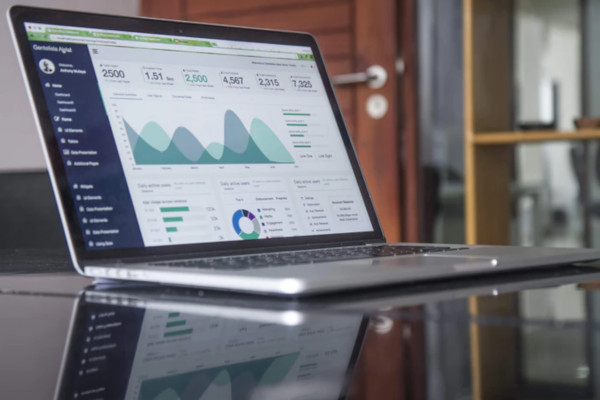Short Term vs Long Term Financing
Financing refers to the investment and debts given or taken for any business idea or enterprise with the hope of higher returns. This financing can be done for a particular period either for short or long but always time-bound. Short-term financing is best in seasonal business plans, cash flow, etc. It can be used to finance several inventories, accounts, trade, etc. This sort of financing aims at a short period of the business, less than one year, and targets instant benefits.

What does Short-Term Financing include?
Short-term financing includes different sources to frame a business properly. Each source or type has different features and characteristics that are best to be applied in different business scenarios.
Trade Credit
Credits in trade are extended by the accounts payables that can be divided into two parts as paid trade credit and free trade credit. The free period refers to the time which the supplier provides the trader with for the payment. And paid trade credit means the time from when the traders would be charged with interest on the delay of the payment. Normally creditors provide 30 to 90 days of the timeframe for the payment. The higher a trader can go in maintaining discipline in business and payment commitments, the business and the creditworthiness the higher free trade credit would be available to the business. Paid trade credit is also a short term financing but opted rarely by the businessmen it adds extra liabilities and high-interest cost.

Short-Term Loans
Loans and other debts from different financial institutions and banks also can be short-term financing. The institutions make a serious careful study of different documents submitted by the applicant to grant the capital. It also studies its working capital cycle, past track records, financial statements, performances, etc. After the grant of the loan, the individual can return it either in instalments or the full amount at the end of the free pay period as specified in the clauses and the terms.
Business Credit
The business line of credit helps a lot to satisfy the temporary working capital requirements. Banks or other financial institutions approve an amount for a certain period. The capital is used in business and utilized to make profits and the business house has to pay the loan taken from the bank at the times defined in the terms and clauses. The bank also charges a certain amount of interest while taking the capital back but only on the utilized amount and not on the approved amount. It becomes very cost-effective for the business as they get the chance to deposit the unused amount and can save the interest cost upon it.

Invoice Discounting
This is one other source or type of short-term financing in which the receivable are given discounts on the invoice by the banks or the financial institutes. It explains at the time of discount the bank would pay the money and would collect it back from the consumers at the due time. Bills discounting or purchase of bills are the synonyms used to refer to this invoice discounting.
Factoring Financing
This source has the similarities of processes with the invoice documenting. It is a sort of arrangement in which a third party is involved to whom the account receivables of a business are sold at a lower price than its intrinsic value of the account receivables. The term factor is used to refer to the purchasing party and both banks or other financing institutions provide the service.

What is Long-Term Financing?
The long term financing refers to any investments or funding to any business for more than a year which is defined by non-breakable bonds. The finance is passed to fund any financial instruments like bank loans, leasing, debt finance, etc. The maturity of the finances of this sort happens after a long period as defined in the terms and clauses. The count down to the maturity starts from the day the loan was passed and ends on the last date of the re-deposition of the finances. Before the maturity, all sort of interest and debt needs to be cleared by the business.
The decision upon which the investment timeframe is decided is the performance of the business plans, business projects, past business conclusions, etc. One of the advantages of long-term finance is that when business takes loan they can be allowed to have more than a year to pay it back with small installments.

What are the Objectives of Long-Term Financing?
Businesses use long-term financing modes for different reasons and purposes and to achieve different goals and objectives. It can not be specified as some specific objectives as it depends on different business projects, though some of the most common objectives can be added.
- Long-term financing is used to purchase assets and equipment.
- It helps to finance and support the working capital.
- Long-term financing reduces the tension to have a good investment for the research and development operations of the business.
- It gives a chance to the cash flow in the firm to get enhanced.
- It supports new projects with capital as it allows time for the firm to pay it back later.
- It helps to facilitate new strategies, develop new products and expand business operations.


